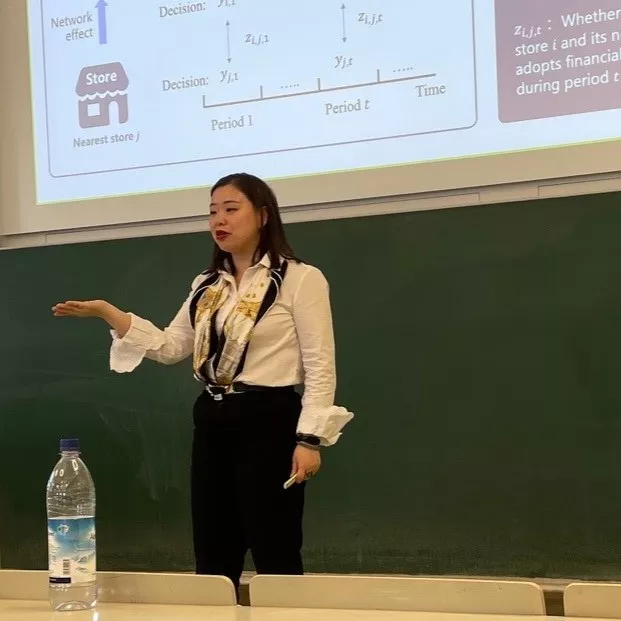Problem definition: Delivery speed is crucial for service quality in instant retail. To address the frequently occurring delays due to driver shortage, platforms employ financial incentives to dynamically reallocate drivers. Considering the scarcity of empirical research on financial incentives in instant retail, this study examines its direct-impact and spillover-impact from a network perspective, using large transactional datasets from a leading instant retail firm in China.
Methodology and results: First, we employ a regression discontinuity design to identify the influence of financial incentives on focal stores’ order acceptance speed. Our results show that financial incentives significantly reduce the order acceptance duration by 23.66%. Second, from a network perspective, we employ propensity score matching to examine the spillover-impact of the neighboring stores’ financial incentives on the focal store. Interestingly, our findings reveal opposing impacts that depend on the focal store’s status. Specifically, the nearest store’s financial incentives cause a longer driver’s order acceptance duration at the focal store without financial incentives; however, the opposite spillover-effect is observed at the focal store with financial incentives. To better understand the underlying mechanisms, we identify the siphon effect and clustering effect as the key drivers of this phenomenon. Our counterfactual analysis suggests that compared
to the practice, optimizing financial incentives considering network effects could reduce the associated cost by an average of 16.23%, while also decreasing total order acceptance duration by an average of 1.45%.
Managerial implications: Our study provides essential insights for crowdsourced delivery platforms in instant retail. To enhance order acceptance speed, it’s critical for platforms to extend incentives beyond focal stores and capitalize on surrounding ones to promote a clustering effect, while being mindful of the potential siphon effect. In addition, platforms should consider the interplay between nearby stores, particularly store type consistency and distance, when formulating incentive strategies to boost operational efficiency and cost-effectiveness.
